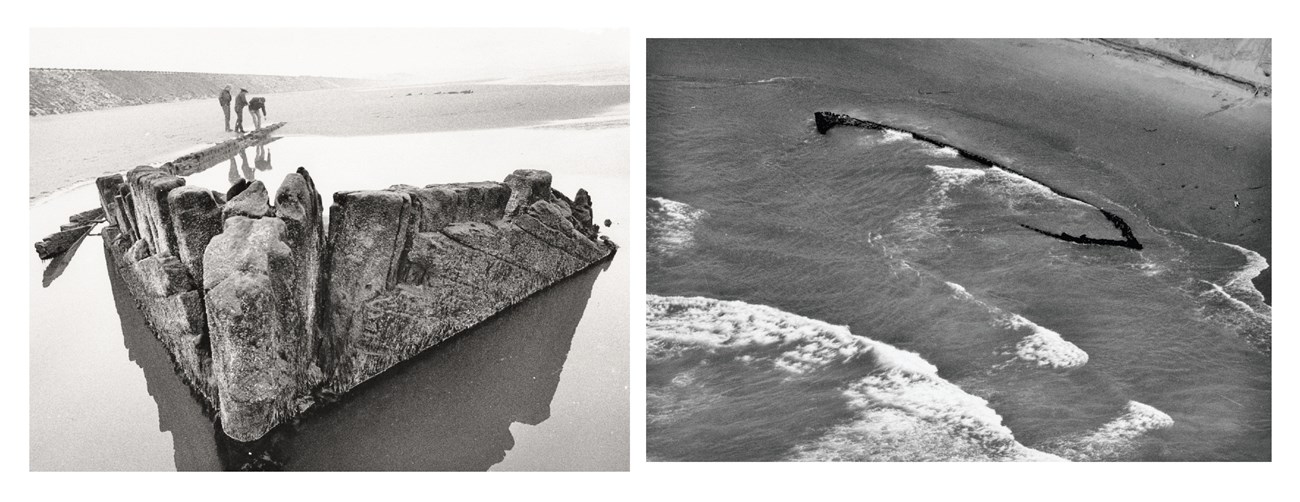Fort Mason, A Gracious HostPeople are often surprised to learn that military reservations in San Francisco were always open to the public, except in times of war. There was a necessary interchange of people, ideas, and events between the City and the U.S. Army since the reservation was situated so closely to an urban center. Fort Mason received refugees from the 1906 earthquake and fire with open arms and served as a temporary command post for General Frederick Funston, who directed relief efforts from what is now the Officers' Club. Fort Mason also hosted a celebration of the City's rebirth following the 1906 devastation. San Francisco committed to hosting the Panama-Pacific International Exposition in 1915. Exposition architects selected the shorelands between the Presidio and Fort Mason, facing out on the Golden Gate, as the exposition's stage. The Secretary of War vowed to facilitate the Exposition, an event intended to celebrate the construction of the Panama Canal by the U.S. Army Corps of Engineers. The Army viewed the Exposition as an opportunity to exhibit the strength of San Francisco's coastal defenses by opening Bay Area military posts for public inspection. The Secretary of War temporarily loaned 305 acres of military lands to the Panama-Pacific International Exposition Company, including the southern third of Fort Mason, an area which became the "Zone"-the Exposition's amusement concessions complex. The Golden Gate National Recreation Area has continued this history of community involvement by shaping Lower Fort Mason into a cultural center which hosts performances, craft fairs, a farmers' market, lectures, and many other events. 
Left: Golden Gate NRA, Park Archives, GOGA 17966. Right: Golden Gate NRA, Park Archives, GOGA 18480.026 The Shipwrecked King PhilipA stately old vessel named King Philip reappears from time to time from the waters along Ocean Beach. The three-masted ship was built in Maine by the Boston-based Glidden and Williams Shipping Company in 1856. She was set ablaze by her mutinous crew not once, but twice, and lived to sail another day. In 1876, she was re-rigged to sail along the Pacific Coast under the new flag of Pope and Talbot, San Francisco merchants. In her first year on the West coast she successfully shipped millions of feet of lumber. On January 25, 1878, she embarked on a routine journey to Port Gamble, Washington. The wind died when she was just off the San Francisco bar, and when King Philip's anchors failed to hold against the rising tide, she drifted ashore at Ocean Beach. She grounded at high tide and was driven so far up the sand by high winds that sightseers were able to touch her hull at low tide. The vessel remained intact, but the action of the surf caused King Philip to sink into the sand and settle until her hull was buried. The remains of King Philip were sold at auction on January 26, 1878, to John Molloy of San Francisco. He blasted the upper hull to salvage what he could; however, the lower portions of the vessel remained buried in the sand. Visible through the end of the 19th century, the wreck was completely submerged by sand after the beach dune field was bulldozed in the early 20th century. King Philip remained asleep beneath the dunes until accelerating erosion at Ocean Beach prompted the need for a concrete seawall. As the NPS conducted a cultural resources assessment at the seawall site, they also surveyed King Philip's remains, which had been exposed by the problematic erosion in 1983. As of today, she is the only archeological example of an American medium wooden clipper ship, and is the most intact wooden wreck in California. The King Philip ruins were listed on the National Register of Historic Places in 1986. She last emerged from her sandy crypt in May 2011 at a particularly low tide and is sure to appear on the shoreline of Ocean Beach when the sands shift again. 
Golden Gate NRA, Park Archives, GOGA 17384 |
Last updated: October 11, 2022
